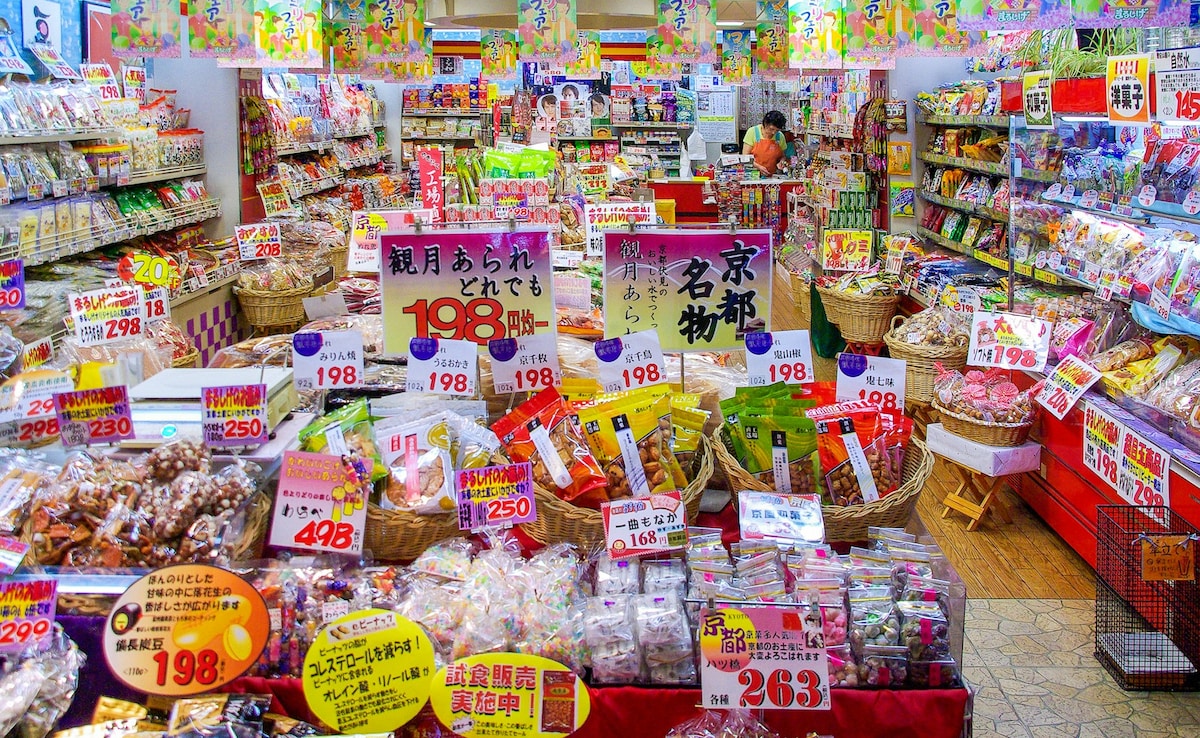
- Travellers increasingly visit local supermarkets to explore culture and daily life habits
- Japan’s konbini stores offer unique food, services, and a cultural experience for visitors
- Social media boosts konbini tourism by highlighting snacks and store-specific products
In recent years, a quiet but noticeable shift has taken place in the way people travel. Instead of limiting themselves to museums, landmarks and restaurant reservations, many travellers are increasingly stepping into supermarkets and convenience stores to understand a destination. What used to be a routine errand has become an unexpected window into local culture. This broader trend, often called "grocery-store tourism", has taken hold across the world. It is fuelled by curiosity, affordability, and the appeal of discovering everyday habits through food. Nowhere is this shift more visible than in Japan, where going to the humble convenience store, or "konbini," has become a travel experience in its own right. As social media turns ordinary aisles into must-visit spots, konbini have emerged as unlikely cultural touchpoints, reflecting both Japan's retail efficiency and travellers' growing interest in the textures of daily life.
What Is Konbini Tourism?

Konbini tourism. Photo Credit: Unsplash
Konbini tourism refers to the practice of visiting Japan's convenience stores as part of a travel itinerary. "Konbini" is the Japanese term for convenience stores, and chains like 7-Eleven, Lawson and FamilyMart are deeply embedded in everyday life. For visitors, these stores offer a surprisingly rich introduction to local food culture. Tourists often browse the aisles for seasonal snacks, limited-edition drinks, inventive ready-to-eat meals, and neatly presented bento boxes.
Many travellers even make a point of visiting different chains to compare offerings, paying close attention to packaging, flavour trends and regional variations. What makes konbini tourism distinct is that it transforms a daily errand into a cultural encounter, revealing what locals purchase on the go and how retailers anticipate needs with precision.
Also Read: Why Are People Travelling With Stuffed Toys? One Hotel Chain Even Has A Special Offer For Them
Why Konbini Became A Travel Attraction

Konbini tourism. Photo Credit: Unsplash
Japanese convenience stores have earned a reputation for efficiency and variety, which helps explain their rise as destinations. Their readymade meals, ranging from curries and rice bowls to onigiri and sandwiches, are prepared to consistent standards that surprise first-time visitors. Seasonal and limited-edition products, from sakura-themed desserts to speciality beverages, create a sense of novelty that appeals to both domestic and international travellers. Konbini are also known for services unusual in other countries, such as ticket purchases, parcel pick-ups, bill payments and printers. All of this contributes to a perception that konbini represent a uniquely Japanese mix of convenience, quality, creativity and innovation. For many travellers, their ubiquity and reliability offer an accessible way to observe everyday routines without stepping into a formal dining or retail setting.
The Social Media Effect
Much of the surge in konbini tourism can be linked to social media, where short videos and photo posts have amplified interest in everyday travel experiences. Different online platforms are filled with quick snack reviews, store-specific recommendations and "konbini hauls" that showcase unusual products. These posts often highlight the surprise factor, such as hot meals available at any hour or unexpected collaborations between retailers and popular brands. As these videos circulate widely, they shape expectations for travellers who arrive in Japan already aware of what to look for. The visual nature of these platforms also turns aisles and packaged foods into easily shareable content, pushing more visitors to treat convenience stores as part of their sightseeing list.
Also Read: Top 7 Travel Trends That Are Going To Rule 2026, As Per A Report
The Wider Trend: Grocery-Store Tourism Around the World

Grocery-store tourism. Photo Credit: Unsplash
Konbini tourism is one expression of a global movement in which supermarkets and convenience stores have become points of cultural interest. In France, chains like Carrefour and Monoprix are frequent stops for travellers looking for local cheeses, snacks and household staples. In the United States, visitors often browse Trader Joe's for its private-label items or explore large-format stores that showcase American buying habits. South Korea has its own convenience-store culture, where chains like GS25 and CU have gained attention for their inventive snacks and meal kits. Across Southeast Asia and Europe, grocery aisles reveal culinary trends, regional preferences and everyday spending patterns. What unites these experiences is the recognition that supermarkets offer an unfiltered look at local tastes, often at a fraction of the cost of restaurant dining.
Why Travellers Love "Mundane Tourism"
The rise of konbini tourism aligns with a broader shift toward valuing ordinary experiences while travelling. Many visitors now seek insight into how people live, not just how destinations present themselves to outsiders. Grocery-store tourism fits neatly into this evolution, offering low-cost, low-pressure ways to observe local habits. At a time when travel is increasingly shaped by authenticity and personal discovery, browsing everyday stores feels both accessible and rewarding. It appeals to those who want to experience a city beyond its major attractions, and to travellers who enjoy comparing products and food cultures across borders. Konbini tourism, in particular, stands out because Japan's convenience stores deliver a concentrated snapshot of national preferences, from flavour profiles to design sensibilities. This makes even a quick stop feel like a cultural lesson.
Konbini tourism may seem niche at first glance, but it reflects a wider transformation in how people explore new places. As travellers continue to look beyond traditional sightseeing, the appeal of everyday spaces only grows stronger. Japan's convenience stores exemplify this shift, turning simple purchases into memorable cultural encounters. Together with the global rise of grocery-store tourism, they show that the most ordinary settings can offer some of the most revealing insights into a destination.
Track Latest News Live on NDTV.com and get news updates from India and around the world

